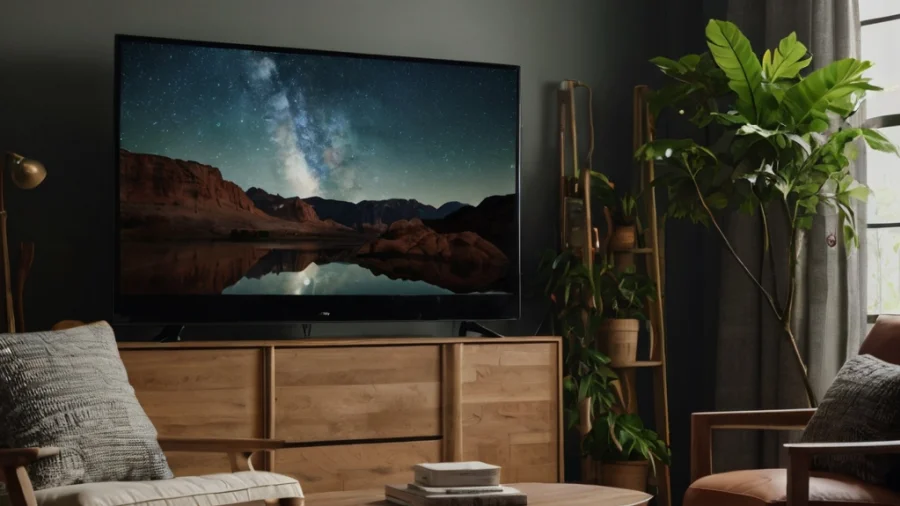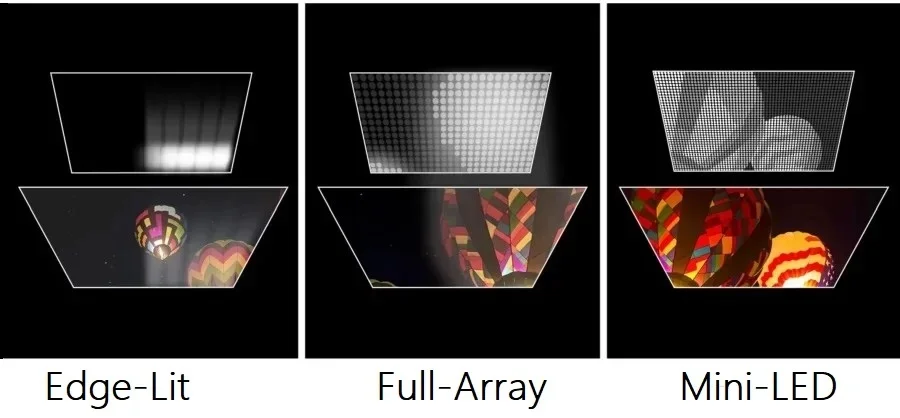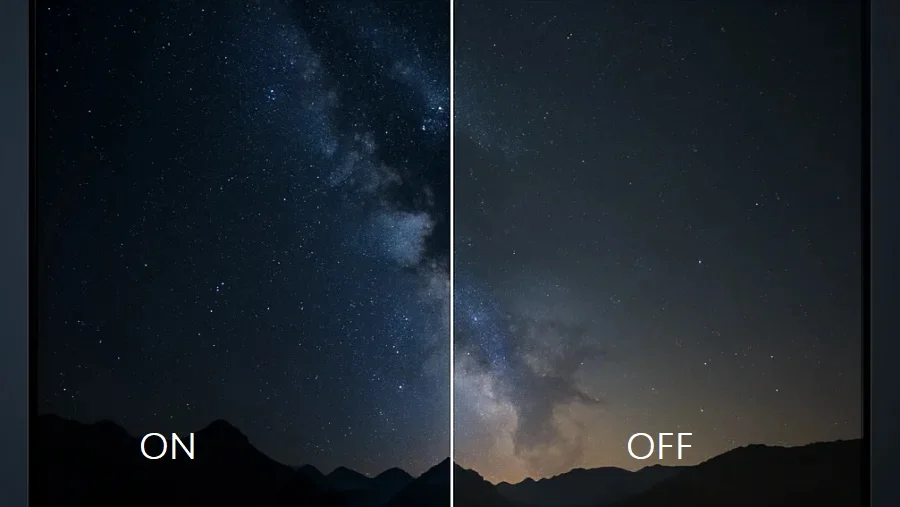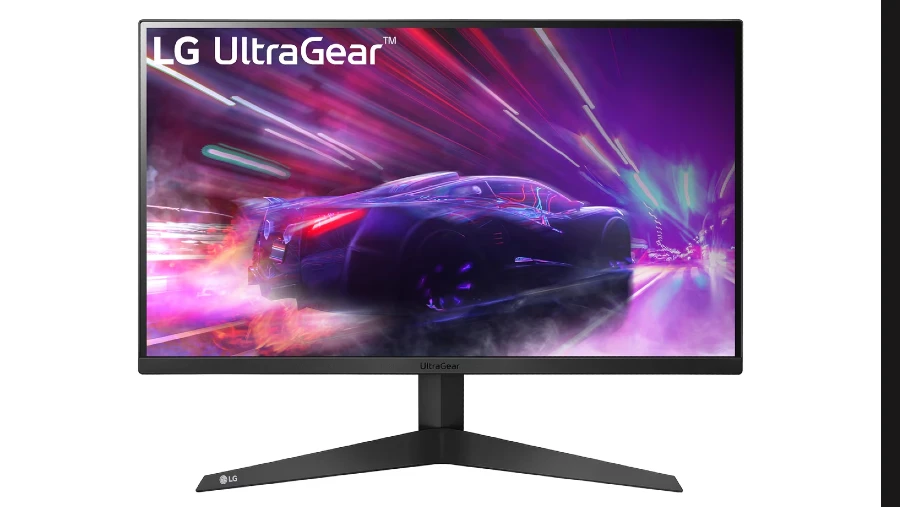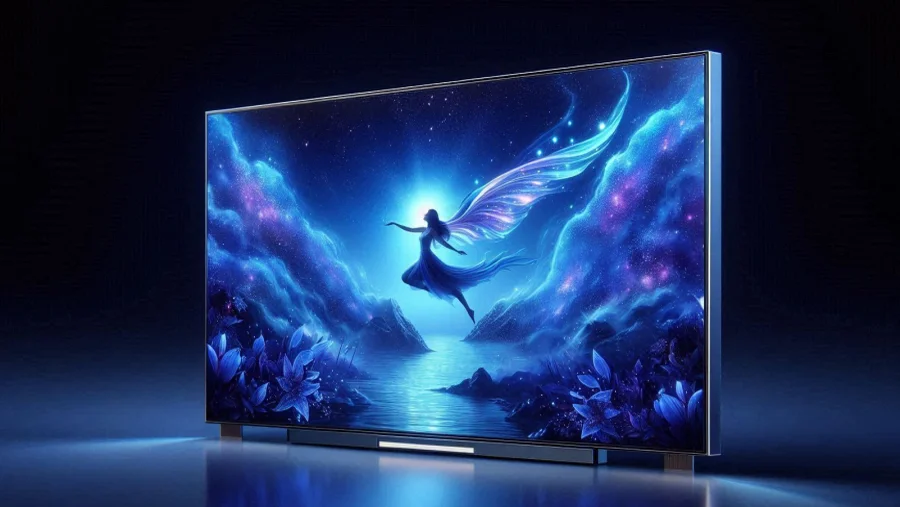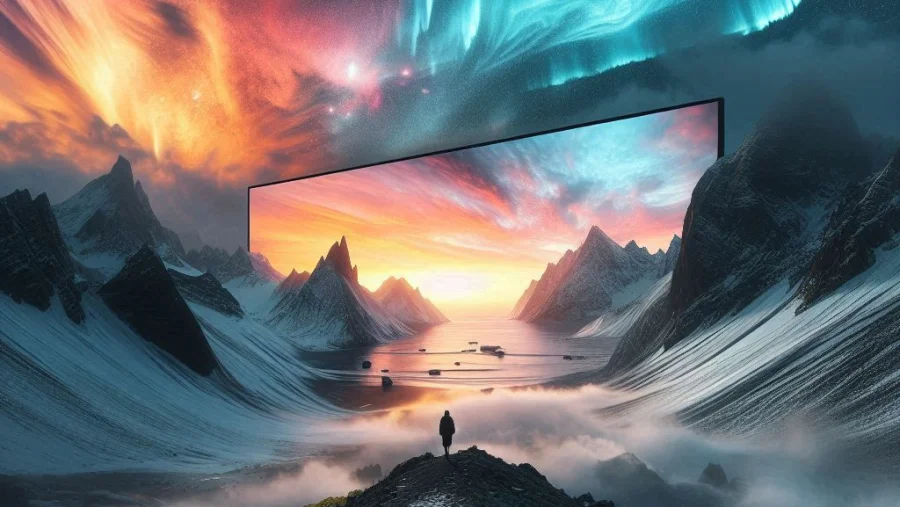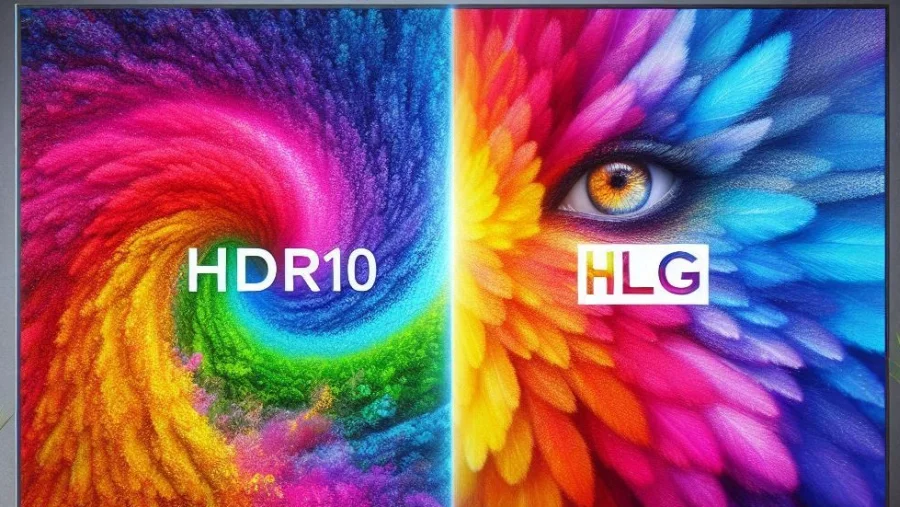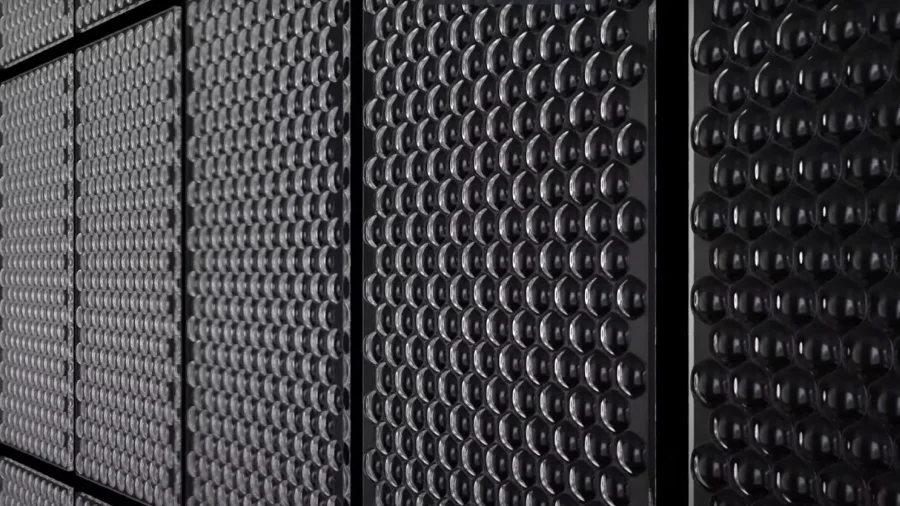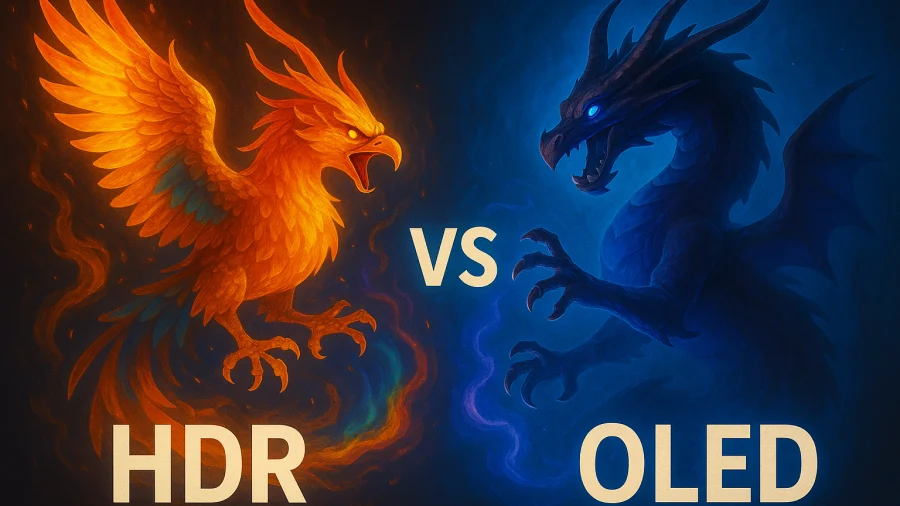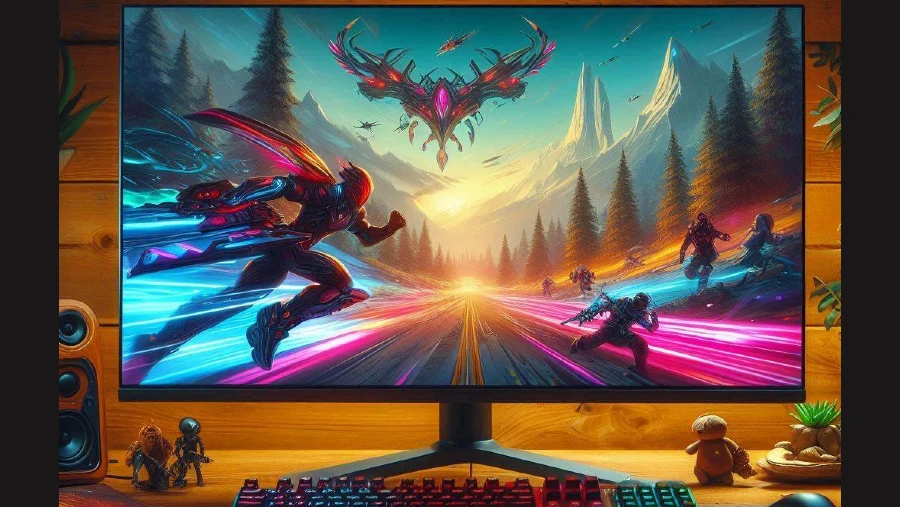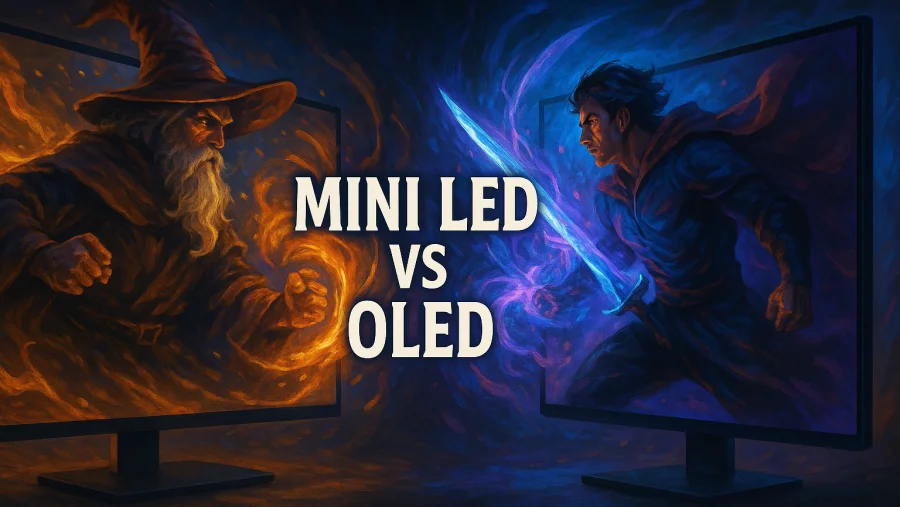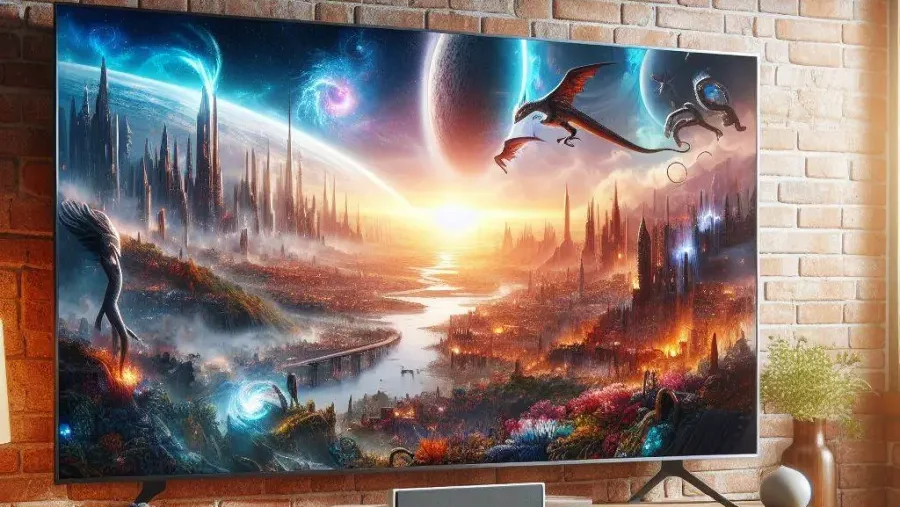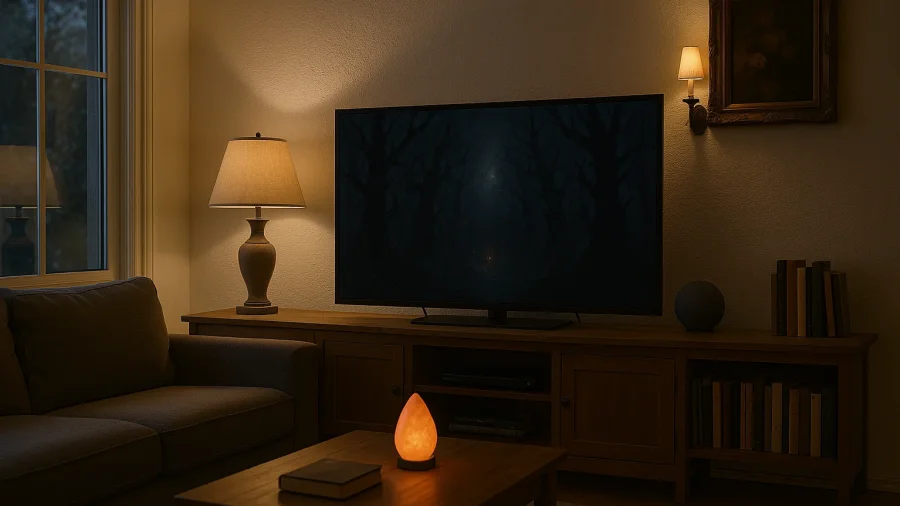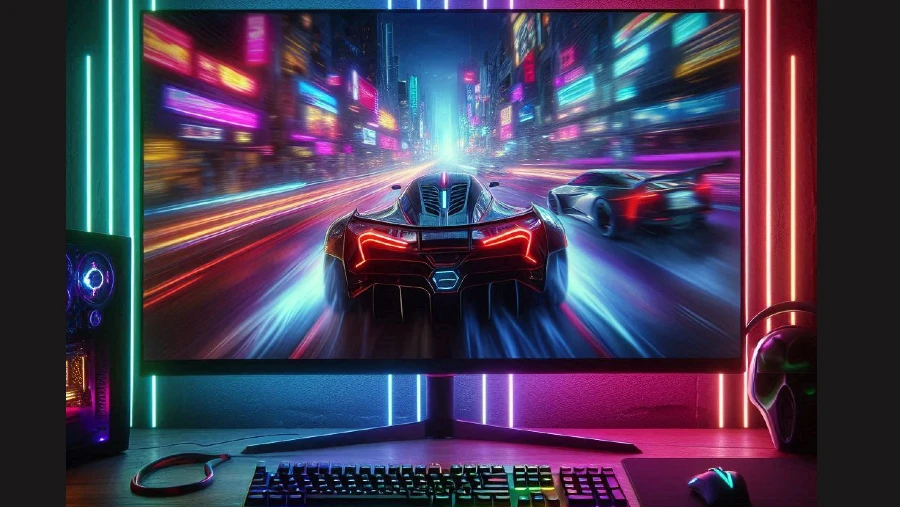
Response time is a critical specification for gaming monitors, as it directly affects the clarity and smoothness of fast-moving images.
In the context of gaming, response time refers to how quickly a monitor’s pixels can change colors, which is crucial for reducing motion blur and ghosting.
There are two primary methods for measuring response time: Gray-to-Gray (GTG) and Moving Picture Response Time (MPRT).
GTG measures the time it takes for a pixel to transition from one shade of gray to another.
MPRT, on the other hand, measures the time it takes for a pixel to transition from one image frame to another.
Both methods have their own advantages and limitations, and understanding them is essential for making an informed decision when choosing a gaming monitor.
Gray-to-Gray (GTG)
Gray-to-Gray (GTG) response time is a measure of how quickly a pixel can change from one shade of gray to another.
This measurement is typically expressed in milliseconds (ms).
Manufacturers often use GTG response time in their monitor specifications because it provides a standardized way to compare different displays.
GTG is determined by measuring the time it takes for a pixel to go from one predefined gray level to another.
GTG uses gray transitions instead of color because LCD subpixels are actually monochrome, and colors on screens are created through color filters.
However, GTG has its limitations.
While it gives a general idea of how fast a monitor can change pixel colors, it does not always reflect real-world performance.
In fast-paced gaming scenarios, where rapid and complex color changes are common, GTG may not accurately represent how the monitor will perform.
Moving Picture Response Time (MPRT)
Moving Picture Response Time (MPRT) is another method used to measure a monitor’s response time.
MPRT refers to the time it takes for a pixel to transition from one image frame to another.
Unlike GTG, MPRT is more representative of a monitor’s real-world performance, particularly in how it handles motion blur.
MPRT directly correlates with the perceived blurriness of moving images, which is critical for fast-paced gaming where clarity is essential.
Techniques such as backlight strobing and black frame insertion are used to achieve lower MPRT such as 1ms MPRT.
Backlight strobing works by turning off the backlight between frames, which reduces the time a pixel is visible, thus lowering the MPRT.
Black frame insertion involves inserting black frames between actual frames, reducing the perception of motion blur by shortening the duration each frame is displayed.
Different manufacturers have unique names for their Backlight Strobing/Black Frame Insertion technologies, such as Samsung’s ‘Clear Motion Rate’ or BenQ’s ‘BenQ Blur Reduction’.
These techniques help in minimizing motion blur, providing a smoother and clearer visual experience during gaming.
MPRT and Refresh Rate
- MPRT is more closely tied to the display’s refresh rate than to its GtG response time.
- For example, a typical 60Hz display refreshes the screen every 16.7ms (1000ms / 60Hz), meaning each frame is displayed for 16.7ms.
- Without additional technologies (like backlight strobing), the MPRT is approximately equal to the refresh interval. Thus, a 60Hz display would have an MPRT of about 16.7ms.
GTG vs. MPRT in Gaming
GtG measures pixel transition speed, while MPRT measures how long pixels are visible.
In gaming scenarios, the relevance of GTG and MPRT can vary significantly.
GTG is useful for understanding how quickly a monitor can change colors, which is important for overall responsiveness.
However, MPRT offers a more accurate representation of how a monitor performs during fast-paced gaming.
High MPRT values indicate that images may appear blurred during rapid movements, a phenomenon known as motion blur.
This blur occurs due to the sample-and-hold effect, where the eye tracks moving objects while the display holds static images, causing a trail effect.

Explanation: Blur happens when our eyes follow moving objects on a screen that displays images in a series of static frames. Since each frame is displayed for a fraction of a second before the next one appears (sample-and-hold), our eyes see these individual frames as one continuous image.
However, because our eyes are in motion while tracking the moving object, each static frame appears smeared across our retina, creating a blur or trail effect. This is more noticeable on displays with slower refresh rates.
Unlike sample-and-hold displays like LCD and OLED, CRT (the cathode ray tube) is an impulse-type display, whose MRPT is about 1.5 ms and since they have a brief dark period between each frame, allowing our brain to merge rapidly shown images into a seamless-looking moving picture, they are free from motion blur.
Lower MPRT values for sample-and-hold displays are achieved through techniques like backlight strobing that reduce the “hold” time, which helps in reducing blur, resulting in clearer and sharper images for fast-moving objects.
Therefore, while GTG is important, MPRT tends to be more crucial for gamers seeking a fluid and immersive experience.
Understanding the balance between these metrics can help in choosing a monitor that delivers both quick responsiveness and minimal motion blur.
Considerations When Choosing a Gaming Monitor
When selecting a gaming monitor, it is essential to understand both GTG and MPRT response times.
Knowing how each metric affects performance can help you make an informed decision that matches your gaming needs.
Researching specific models and reading reviews from reputable sources can provide insights into real-world performance beyond just the advertised specifications.
It’s also important to consider other factors that impact gaming performance, such as refresh rate and input lag.
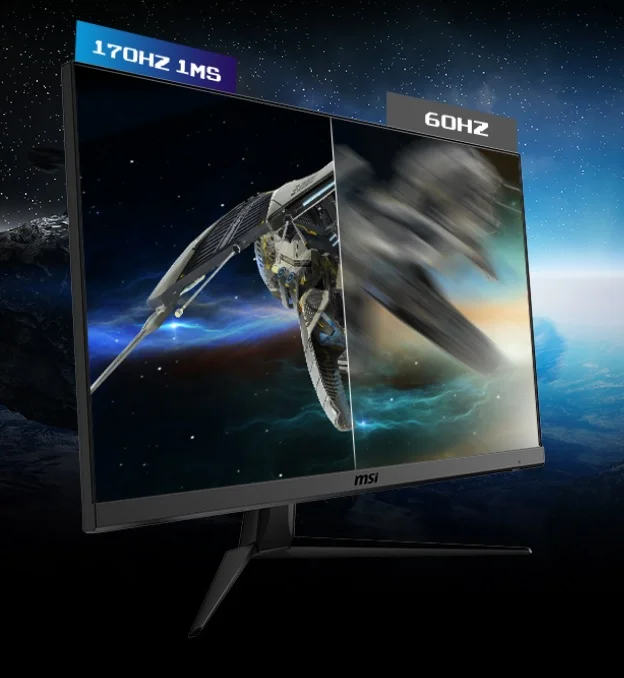
A higher refresh rate ensures smoother gameplay by updating the screen more frequently.
Low input lag ensures that there is minimal delay between your actions and their appearance on the screen.
Balancing these factors with response times will help you find a monitor that delivers a superior gaming experience.
Conclusion
GTG measures the time it takes for a pixel to transition between shades of gray, providing a basic indicator of responsiveness.
However, MPRT offers a more accurate reflection of real-world performance by measuring how well a monitor handles motion blur during fast-paced scenes.
For gamers, MPRT is often a more critical factor, as it directly impacts the clarity and smoothness of moving images.
When choosing a gaming monitor, it’s important to consider both GTG and MPRT alongside other factors like display technology of the monitor, screen resolution, refresh rate and input lag.
Ultimately, the choice of the best monitor for you will depend on your personal preferences and the types of games you play.
Read Next
